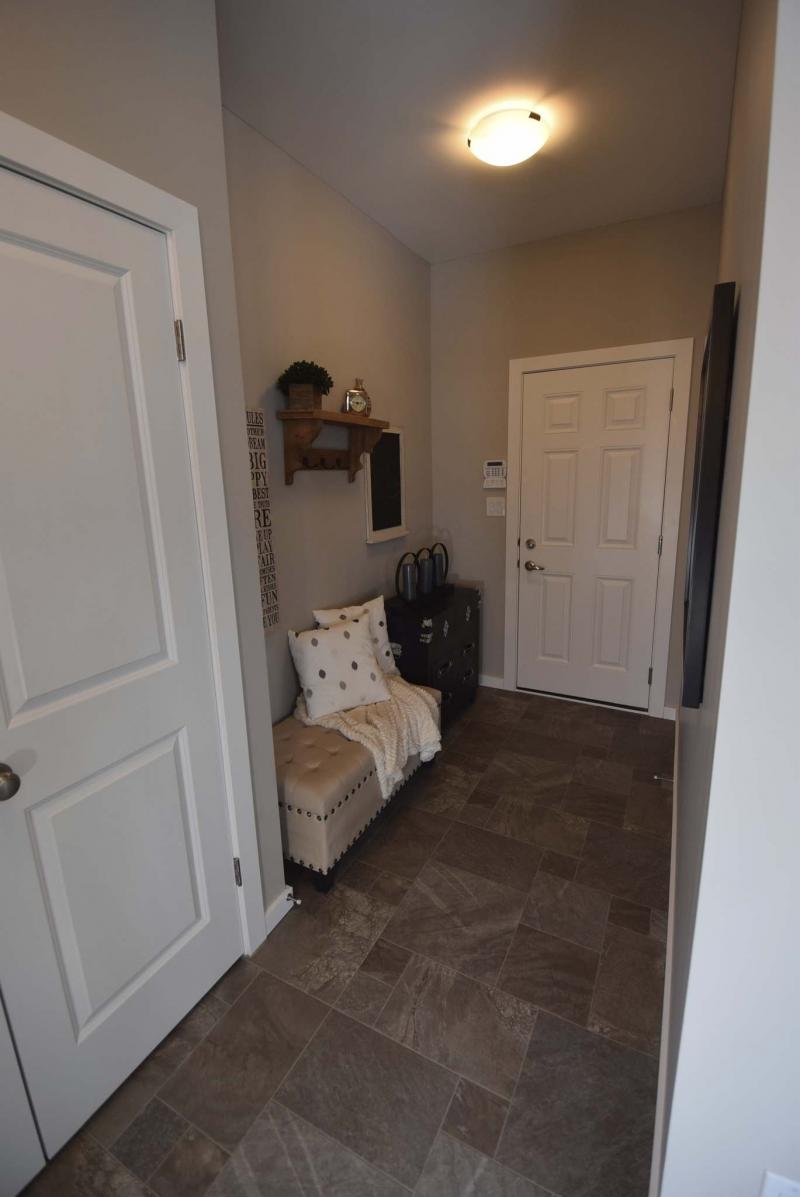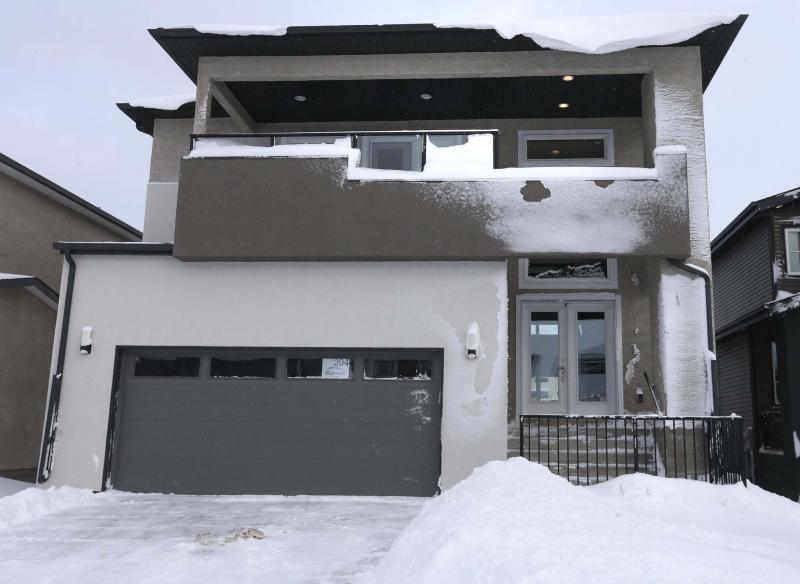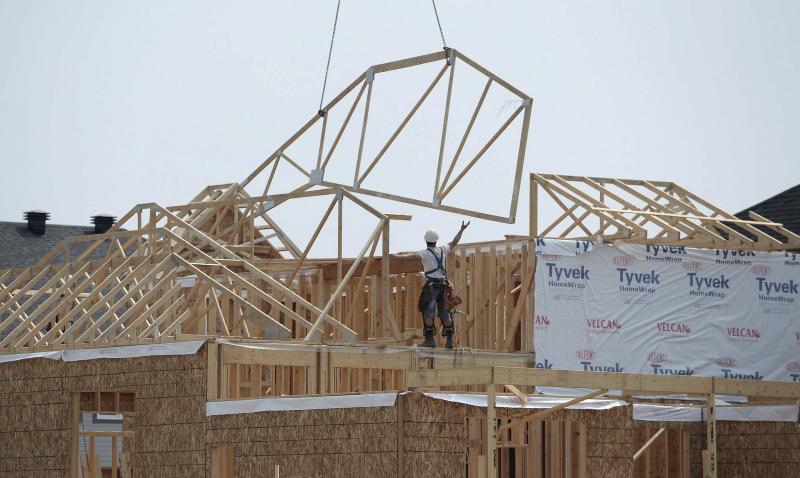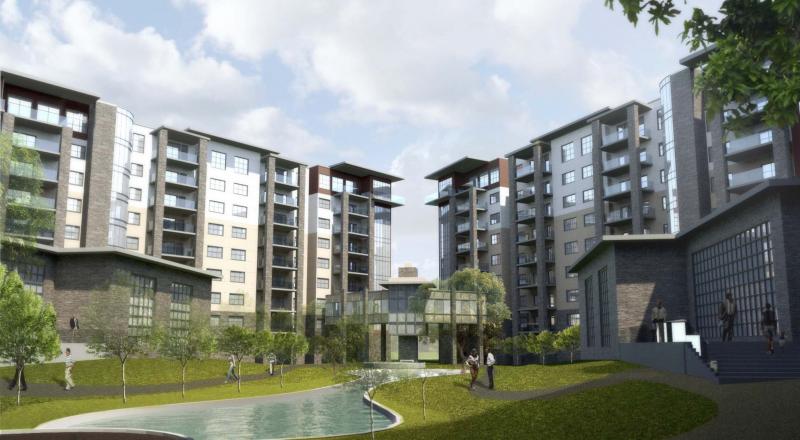New Homes
New Homes
In 2017, we can work together to build a better Manitoba
As 2016 draws to a close and a new year begins, the Manitoba Home Builders’ Association wants to take this opportunity to recognize and thank the people who made this past year a success.
The residential construction industry is a huge part of Manitoba’s economy, accounting for $3.5 billion in economic impact, over 24,600 jobs, over $1.3 billion in wages and hundreds of millions of dollars collected by the government in tax revenue.
Of course, initial kudos must go to the volunteers and staff that drive the MHBA. There are nine standing committees within the association, with approximately 10 representatives per committee. That means 90 people are giving their time and expertise to the MHBA each year.
This indicates that numerous companies recognize the importance of being involved in their professional association. It doesn’t work without this kind of commitment.
The Manitoba Home Builders’ Association presents both large and small events. The Spring and Fall Parades of Homes are the largest and best run in Canada, with more than 75,000 visitors annually.
The MHBA hosts housing forums, educational seminars, awards evenings, dinner meetings, golf and curling outings and a variety of other activities that encourage interaction and professional development. A huge thank you goes to all of the various sponsors — too many to list, but many of whom can be found in the individual categories on the MHBA web site.
Legislation, policies, practices and procedures can be frustrating at the best of times. However, without full consultation, they can be almost impossible. Recognition and thanks must go to the open-door policies of Premier Brian Pallister and the many ministers and their staff whose portfolios have a tremendous impact on the residential construction industry, including Cliff Cullen, Heather Stefanson, Cameron Friesen, Ian Wishart, Blaine Pedersen, Eileen Clarke, Cathy Cox and Scott Fielding.
We look forward to being significant contributors in making Manitoba the most improved province in Canada.
Although relationships may be strained on one major issue right now, I also have to recognize Mayor Brian Bowman, the executive policy committee, city council and everyone at the planning property and development department. Hopefully, when the conflict is settled, we can move forward with the planning of a great city.
Local media ask tough but fair questions and report things as they are.
Honesty and integrity are two-way streets that they recognize.
Fellow industry associations work together to promote the Manitoba economy.
This past year was an excellent one for the residential construction industry. Manitoba succeeds through partnerships and so here’s looking to an even better and more productive 2017.
Mike Moore is president of the Manitoba Home Builders’ Association.










